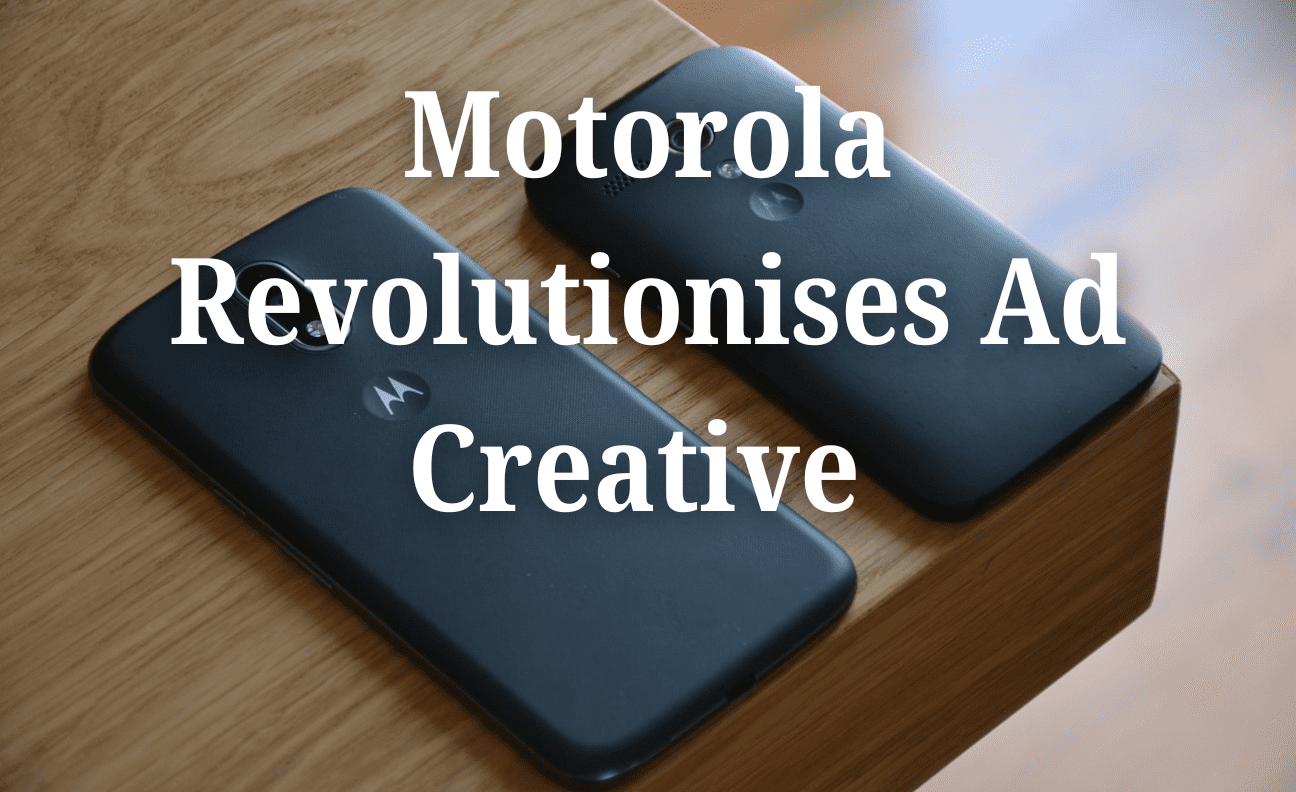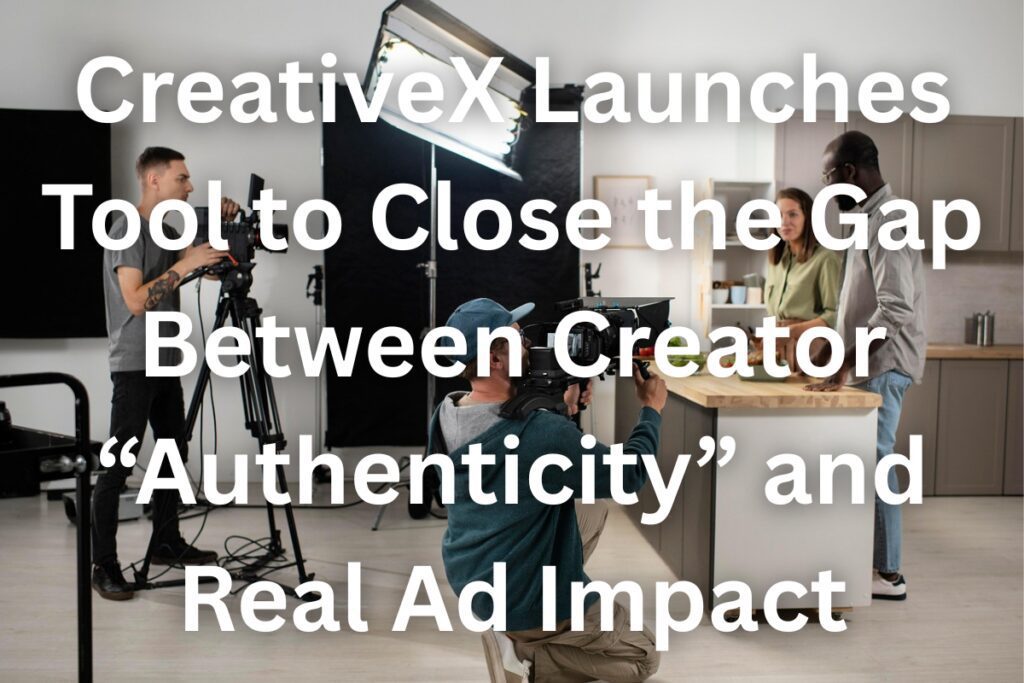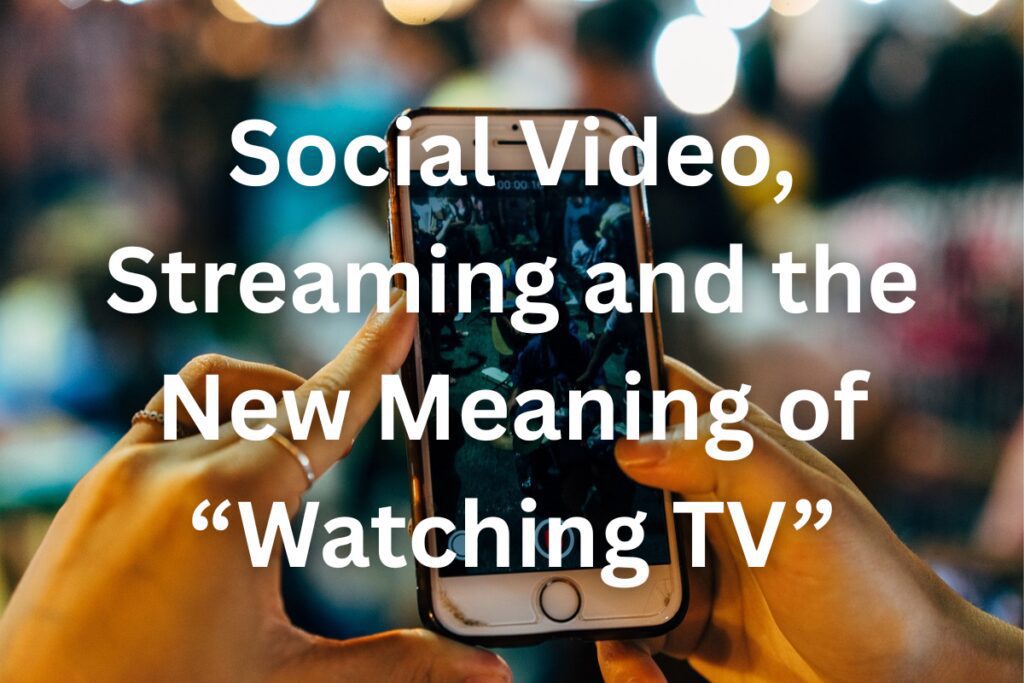Motorola, a brand synonymous with cutting-edge technology, is venturing into uncharted territory by incorporating generative AI tools in its latest ad campaign.
Titled ‘Styled With Moto,’ the campaign aims to establish the smartphone company not just as a technological leader but also as a fashionable brand.
With a video that envisions fashion designs and models on runways and in photo shoots, Motorola is making a bold statement about the future of advertising.
A Fusion of Fashion and Technology
The focal point of the ‘Styled With Moto’ campaign is Motorola’s latest smartphone models, the foldable Razr 50 and Razr 50 Ultra. These devices are not only equipped with advanced AI tools but are also being promoted as fashion accessories in their own right.
What’s more, the campaign video showcases AI-generated fashion designs, seamlessly blending style with technology.
Motorola’s foldable Razr 50 and Razr 50 Ultra are distinguished by their sleek design and innovative features, including enhanced camera capabilities and AI-driven functionalities. These models are positioned to appeal to a style-conscious audience that values both aesthetics and technological sophistication.
Created in collaboration with French agency Heaven, the campaign involved a rigorous four-month research phase. Thousands of AI-generated images were meticulously selected for their style and material, and then transformed to incorporate the iconic ‘batwings’ of the Motorola logo.
The result is a stunning visual narrative that redefines the intersection of fashion and technology. Each piece of fashion featured in the campaign is a testament to the creative potential unlocked by generative AI.
Unleashing the Power of AI
Motorola’s ambitious campaign leveraged a variety of AI tools to bring its vision to life. Among the tools used were Adobe Firefly, Midjourney, Krea.ai, Comfy UI, Hypic, Magnific.ai, ClipDrop, Luma, and Udio.
These tools enabled the creation of unique fashion designs that were both innovative and visually striking. Each tool brought a unique aspect to the project, from image generation to material simulation and design refinement, culminating in a cohesive and captivating campaign.
The campaign video was launched on Motorola’s social channels and was also featured at an exclusive event in Paris on June 26. The launch party showcased 150 portraits of guests dressed in outfits inspired by the campaign’s batwing designs.
Additionally, a ‘Motorola Dress’ designed in collaboration with creative textile studio Scotomalab was unveiled, further cementing Motorola’s commitment to blending technology with fashion.
Engaging with Influencers
To extend the reach of the ‘Styled With Moto’ campaign, Motorola partnered with two prominent content creators, @dressingleloo and @thedwardsad.
These influencers featured in a video that highlighted outfits matching the different colours of the Razr 50 and Razr 50 Ultra phones. This collaboration not only enhanced the campaign’s visibility but also demonstrated the versatility of the AI-generated designs.
The video featuring these influencers was carefully crafted to resonate with a diverse audience, showcasing how the phone’s design can complement various styles and personalities.
What’s more, this strategic partnership helped amplify the campaign’s message across social media platforms, engaging a broader demographic and fostering a sense of community around the Motorola brand.
Flip into the future with a nod to the past. The #razr50family is here and better than ever. #FlipTheScript #razr
— motorola (@Moto) June 25, 2024
Learn more: https://t.co/OoEWZVJhhL pic.twitter.com/SGML1ItJNv
The Controversy of AI in Advertising
The use of generative AI in advertising is a topic of considerable debate within the industry and among consumers. While the technology offers unprecedented creative possibilities, it also raises concerns about authenticity and the role of human creativity.
Motorola’s AI-driven campaign comes hot on the heels of a similar initiative by Toys R Us, which recently released the first brand film created with OpenAI’s text-to-video tool Sora. That project faced criticism from the creative community but was deemed a success by the company.
Critics argue that AI-generated content might lack the emotional depth and originality that human creativity brings. However, proponents of the technology highlight its potential to revolutionise the creative process, offering new avenues for innovation and efficiency.
Either way, Motorola’s campaign exemplifies how AI can be harnessed to complement and enhance human creativity, rather than replace it.
Conclusion
Motorola’s ‘Styled With Moto’ campaign represents a significant milestone in the evolution of advertising. By harnessing the power of generative AI, Motorola has created a campaign that not only showcases its technological prowess but also positions the brand as a trendsetter in the fashion world.
The campaign’s innovative use of AI tools, coupled with strategic influencer partnerships, underscores Motorola’s commitment to pushing the boundaries of creativity and technology.
As the advertising industry continues to grapple with the implications of AI, Motorola’s campaign serves as a compelling example of how technology can be used to enhance and redefine brand storytelling.
‘Styled With Moto’ is more than just an ad campaign; it is a glimpse into the future of advertising, where the lines between technology, fashion, and creativity are increasingly blurred.
Finally, Motorola’s bold foray into AI-driven ad creative sets a new standard for the industry, inviting both admiration and critical discussion. As other brands watch and learn from Motorola’s innovative approach, the landscape of advertising is poised for exciting transformations, driven by the synergy of human ingenuity and artificial intelligence.









